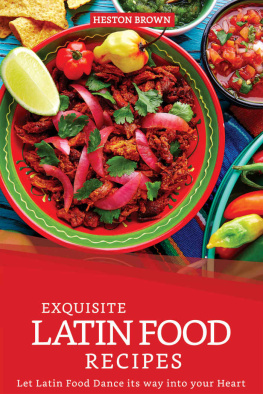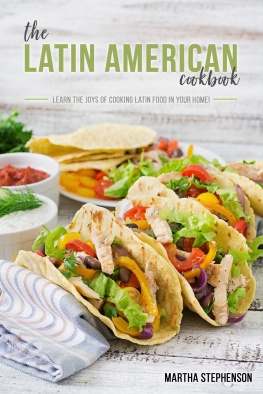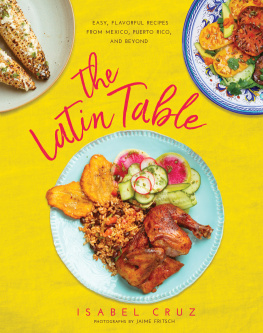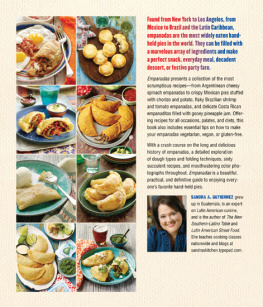All rights reserved. Manufactured in the United States of America. Designed by Courtney Leigh Baker with Tema Larter and set in Odile and Gotham by Rebecca Evans. The paper in this book meets the guidelines for permanence and durability of the Committee on Production Guidelines for Book Longevity of the Council on Library Resources. The University of North Carolina Press has been a member of the Green Press Initiative since 2003.
Acknowledgments
To my partners at UNC Press, my heartfelt gratitude to Elaine Maisner, my editor, who upon first sight believed in this book as much as I did and nurtured it from its inception. To David Perry, who discovered potential in my sample chapter. Thanks to others in the editorial department, including Tema Larter and Mary Caviness. Special thanks to Gina Mahalek and Dino Battista and all the rest of the staff in the Presss marketing department, and thanks to the staff in the design and production department. Thanks to Vicky Wells, too, in the administration department.
Thank you, Lisa Ekus, my agent and friend, for embracing this book from infancy and for cradling it all the way into my publishers arms, and thanks to Sally Ekus and your brilliant staff. Thank you, Jane Falla, for polishing my proposal until it shone.
It took a family to make this book; thanks to mine for unconditional support and for patiently waiting for me to shoot photos before every meal. To my beloved husband Luis: thank you for teaching me to see through the eyes of a camera. I owe infinite gratitude to our daughters, Alessandra and Niccolle, who inspire and move me, and who read every single recipe and helped me test and edit them.
Special thanks to my friend Nancie McDermott for opening the door and urging me to write this book. Thanks to dear friends: Fred Thompson, Belinda Ellis, Maria Baez-Kijac, Robin Asbell, and Jill OConnor; and to Virginia Willis for your support and for liking my fried chicken. Thank you, Toni Allegra, for telling me I had an important message to share and for reminding me to embrace my ethnicity, and to Jean Anderson, who told me to write what I know. To Marilyn Markel, Jay White, Deborah Miller, and my friends at A Southern Season in Chapel Hill, and to Kara Wurts at Williams-Sonoma in Durham: thanks for inviting me to break bread with amazing students, and special thanks to my cooking students. David and Dorothea Kelsey: many thanks for unforgettable evenings of cooking, testing, and tasting together.
Heartfelt thanks to the authors who taught me to love and respect Southern and Latin food. To all cooks who cross culinary borders, adapting and creating every day: lets not forget from whence we came and always strive to embrace where we are. I thank you, God, with humility, for blessings received.
The New Southern-Latino Table
Introduction
Born in the United States to Latin American parents, I moved at a young age with my family to Guatemala, my parents homeland, and was instantly immersed in a world of melded cultures. My first words, Im told, were in English, and I grew up as a student in an American school in the middle of Guatemala City. I learned the words to two national anthems, the pledges of allegiance to the U.S. flag and the Guatemalan flag, and the histories of two different cultures. Our school cafeteria was as likely to serve hamburgers and tuna salad one day as it was to offer milanesas and panes con frijol the next. Brownies and doughnuts shared the dessert counter with arroz con leche and buuelos. Food at home was also a reflection of my fused reality: we ate tamales for special occasions, huevos rancheros for birthdays, and Carolina hot dogs every chance we got. We celebrated the Day of the Dead with fiambre, a salad composed of pickled vegetables, deli meats, pigs feet, sausages, cheeses, and olives, and Thanksgiving with a turkey dinner that included all the trimmings.
I spoke Spanish at home, English at school, and Spanglish with friendsand I still have a Latin accent today. I was lucky enough to travel widely throughout the world, but I regularly spent summer vacations in the United States. I embraced my American home and at the same time nurtured my ethnic roots. Taught to be proud of my birthplace, I learned at an early age that my U.S. citizenship was an honor and a responsibility. I was in my teens when civil war ravaged Guatemala, and I became aware that ownership of a U.S. passport meant hope for my entire family. If ever things get desperately dangerous we could go back to the United States, my parents would tell me; and although at times it did become desperately dangerous, they remained in Guatemala. I, on the other hand, returned home to the United States. I had a wonderful college experience in the Northeast and then moved to the South, where I experienced the joy of starting a family.
I have a long personal history with food, beginning in the family kitchen in Guatemala. My culinary epiphany came at an early age, in the kitchens of my grandmother and my much-adored aunt, ta Maria. While my cousins busied themselves playing outdoors, I could always be found inside, working in the kitchen. My family was lucky enough to have hired cooks, and I was always an eager student of their craft. At first, I was given easy tasks, such as shelling fresh peas or removing the pebbles from mounds of beans. However, as I grew up, my culinary assignments advanced and I was put in charge of draping pastry over pies, wrapping tamales, frying kettle chips, or shaping empanadas side by side with the cooks. My grandmother oversaw the cooking activities, often abandoning her guests long enough to add the finishing touches to a meal. Nothing left the kitchen without her approval.
However, its my ta Maria, who was both a writer (she wrote a society column way back when newspapers had one) and a famous caterer in Guatemala City, whom I most take after; it was an inevitable result of the countless hours she spent teaching me to cook in her kitchen or in mine, often inviting me to help her craft tiny appetizers or garnish sweet miniatures for her events. Its from her that I learned the knack for creating recipes out of whatever ingredients are on hand. She passed on to me a true passion for food and a deep respect for technique that has shaped the way I teach my classes today.
When I first moved to Durham, North Carolina, in the mid-1980s, I was a young bride eager to tackle cooking in my tiny, pink kitchen. While shopping, I would often encounter both familiar and unfamiliar ingredients, and each day brought forth the discovery of a new dish. Hola yall! became my familys motto. As my husband, who also hails from Guatemala, spent his days in graduate school at nearby Duke University, I experimented with newfound ingredients, substituting what I could to re-create the flavors of our youth spent in Guatemala.







